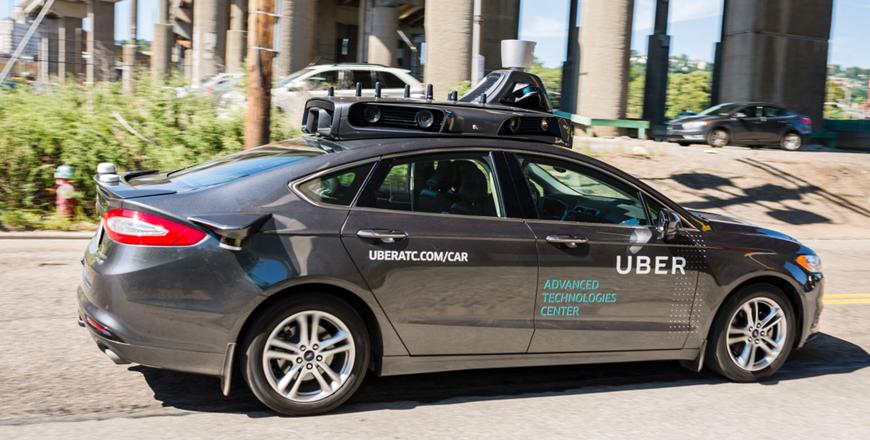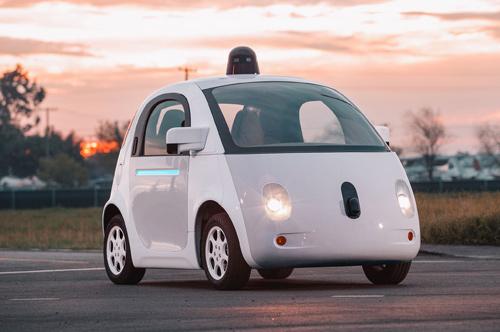You are here
Trusting unmanned vehicles
By Jean-Claude Elias - Aug 10,2017 - Last updated at Aug 10,2017
Fully computerised unmanned vehicles are around the corner. On the ground or in the air, we will soon be carried by such cars or aircrafts. Will you go for it, will you trust them with your life?
Fail-Safe is a fiction written by Eugene Burdick and Harvey Wheeler that dates back to 1964 and that tells of a narrowly avoided all-out nuclear war between the USA and what was then the Soviet Union. The false alarm was triggered because of an electrical malfunction in a control device circuit on the American side.
Although that was well before the digital and high-tech era, I still recall most of the details of the book that I read when it was released and I was in my early teens, and I cannot help now but linking it to what we are living today with global networks and our heavy, steadily growing dependence on computer systems in most everything we do or go through.
Digital systems errors happen every day and will continue to happen. You can always come up with explanations, that it is “nothing but” a programming error, that it is an electrical malfunction, a severe snowstorm that has torn the fibre optic cable, that hackers, terrorists, rogue IT geniuses and bad guys of all kinds took control and caused the problem. What counts is the result: a catastrophe has taken place, with various levels of damage, regardless of how it happened or who did it.
Missing a train because of a computer’s fault is one thing and losing your life in a train accident because of such a fault is another. Last week a major technical failure at the Montparnasse train station in Paris, France, severely disturbed the already congested summer holiday railway traffic for three consecutive days. No one was hurt except perhaps emotionally.
We have learnt to live with the hazards and the imperfection of digital technology, from wrong bank statements to smartphone malfunction, virus attacks, lost files, broken wireless connectivity, and everything in between. However, when it is your very life that is directly at stake, like in driverless cars or pilotless airplanes, one has the right to stop and think twice. For the consequence of technical failures in such cases is a terminal, irreversible damage.
There are those who are in favour of unmanned vehicles, who are strongly inclined to trust them, who cannot wait to see them in action on the streets and in the air. I am one of them.
Given that nothing is 100 per cent guaranteed and that no one, no system and no device will ever provide such absolute level of safety, unmanned vehicles will probably be safer in the end than manned ones, all things considered.
At least I can be sure that if I ever ride a driverless car it will never be writing and sending a WhatsApp text message while in the middle of the 5th Circle in Jabal Amman at rush hour. I have seen this all too often.
Those against will remind you that last month a man was killed in the USA in a Tesla self-driving car that was being tested. Of course these unfortunate accidents are bound to happen. But again, the question should not be “are self-driving vehicles absolutely safe?” but “are not self-driving vehicles safer than manned ones?”
Which is not to say that the question is to be taken lightly. There are definitely things to do to make self-driving and self-flying machines as close as possible to being 100 per cent safe.
Development, testing, programming, manufacturing and all phases and aspects of this amazing technology that today is brewing under our very eyes, they can be carried out with increased thoroughness, with utmost care and rigour, with a level of accuracy and quality that should exceed anything done before.
I believe that those doing it, whether Tesla, Google or other parties involved in such research, are doing it right and are perfectly aware of the dire consequences that a less-than-perfect job could lead to. They are smart enough and know what is at stake here.
Related Articles
SAN FRANCISCO — Google and Tesla agree autonomous vehicles will make streets safer, and both are racing towards a driverless future.
WASHINGTON — The United States unveiled Monday a sweeping new regulatory framework for the unexpectedly rapid rise of self-driving automobil
SAN FRANCISCO — The race to perfect robot cars continues despite fears kindled by the death of a woman hit by a self-driving Uber vehicle wh


















